Gene testing: Why it’s used, and how it works to treat disease
Published on: By: Staff Reports
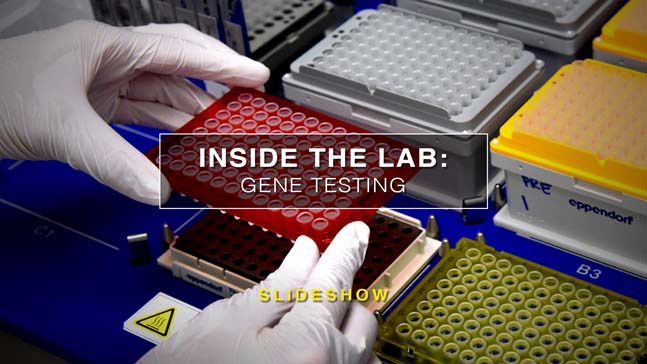
Gene tests are playing an increasingly integral role in how patients are diagnosed and treated. In this photo essay, experts at UT Southwestern and Children's Health lead us through the basic steps of how a patient’s DNA sample is analyzed in the laboratory to determine which genetic abnormalities are causing their disease.
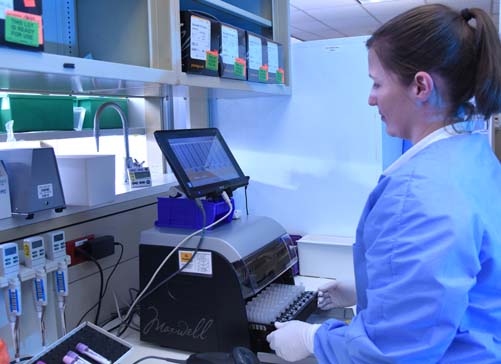
After a physician recommends a patient receive genetic testing, a sample is taken and sent to a lab where the latest technology in gene analysis is utilized. The results often help doctors pinpoint the genetic cause of a medical condition and prescribe a more effective treatment.
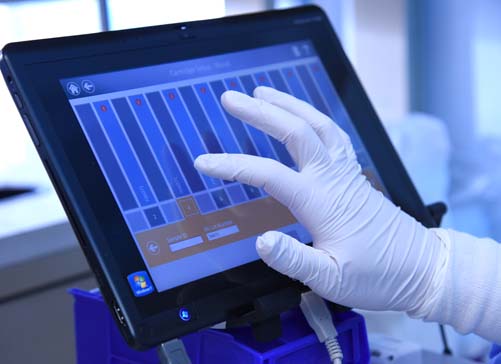
The first step in the lab is extracting DNA from the sample. Blood or tissue samples are used for the most detailed DNA analysis.
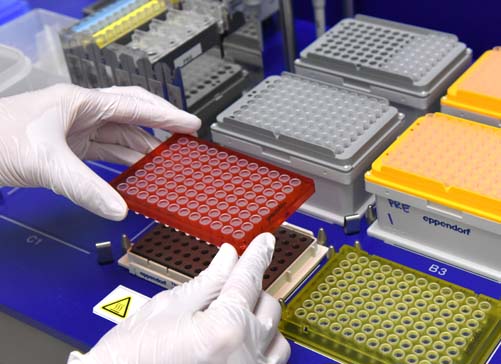
The DNA is placed in vials to enable more samples to be analyzed simultaneously.
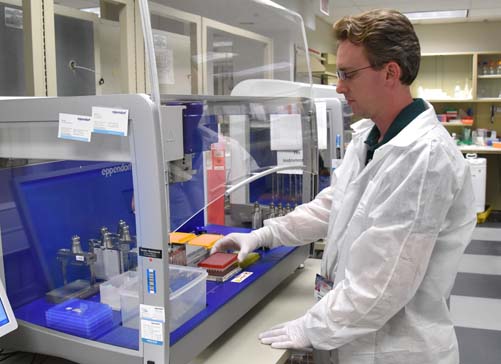
The vials are placed on a robotic platform for a “DNA library preparation” – a process in which samples are prepared for genomic sequencing. Genomic sequencing of DNA helps scientists detect abnormalities in the patient’s genetic code that may be causing disease.
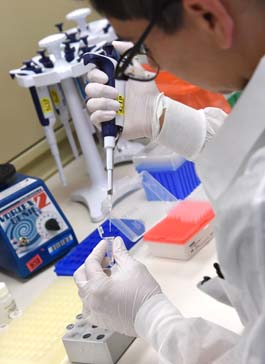
Each sample is diluted to reach a concentration level best suited for sequencing.
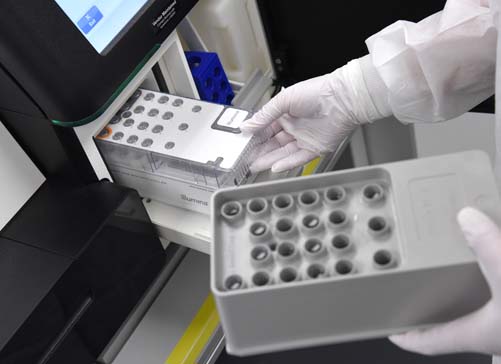
The DNA is loaded into a data analyzer that will utilize next-generation sequencing, a genomic testing process that analyzes hundreds of genes simultaneously.
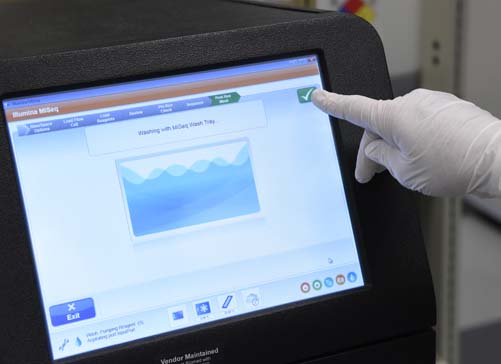
Next-generation sequencing allows scientists to sequence larger numbers of genes and has revolutionized the field of genomics over the past decade.
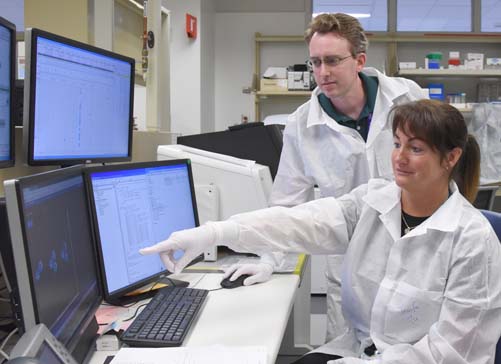
Because data from the sequencing typically include hundreds of genetic variants for even healthy people, experts must filter the results to identify only the very rare variants or those believed to cause disease. One widely used database contains about 90,000 variants linked to disease.
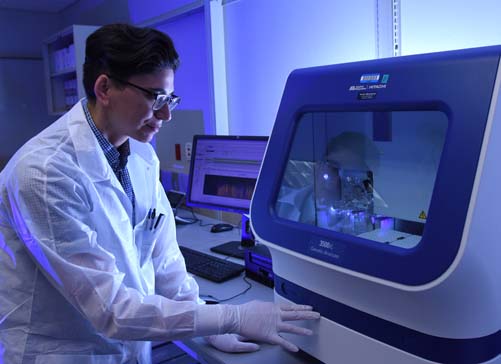
If a disease-causing variant is identified, the lab will run a Sanger single-gene sequencing test to verify the result of the next-generation sequencing.
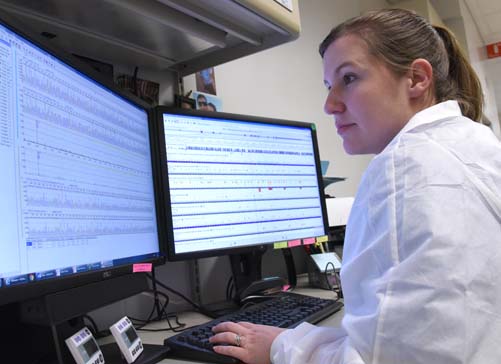
A medical technologist analyzes results from the Sanger sequencing. If the variant is confirmed, the lab will include it in a report for final review.
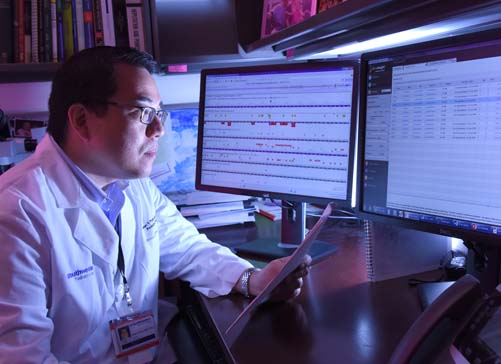
The lab’s medical director reviews and interprets the results of the gene test, utilizing databases that have cataloged hundreds of thousands of genetic variants. The director will give final diagnostic interpretation before the test results are given to the patient’s provider. Most genomic tests take two to four weeks to complete.

